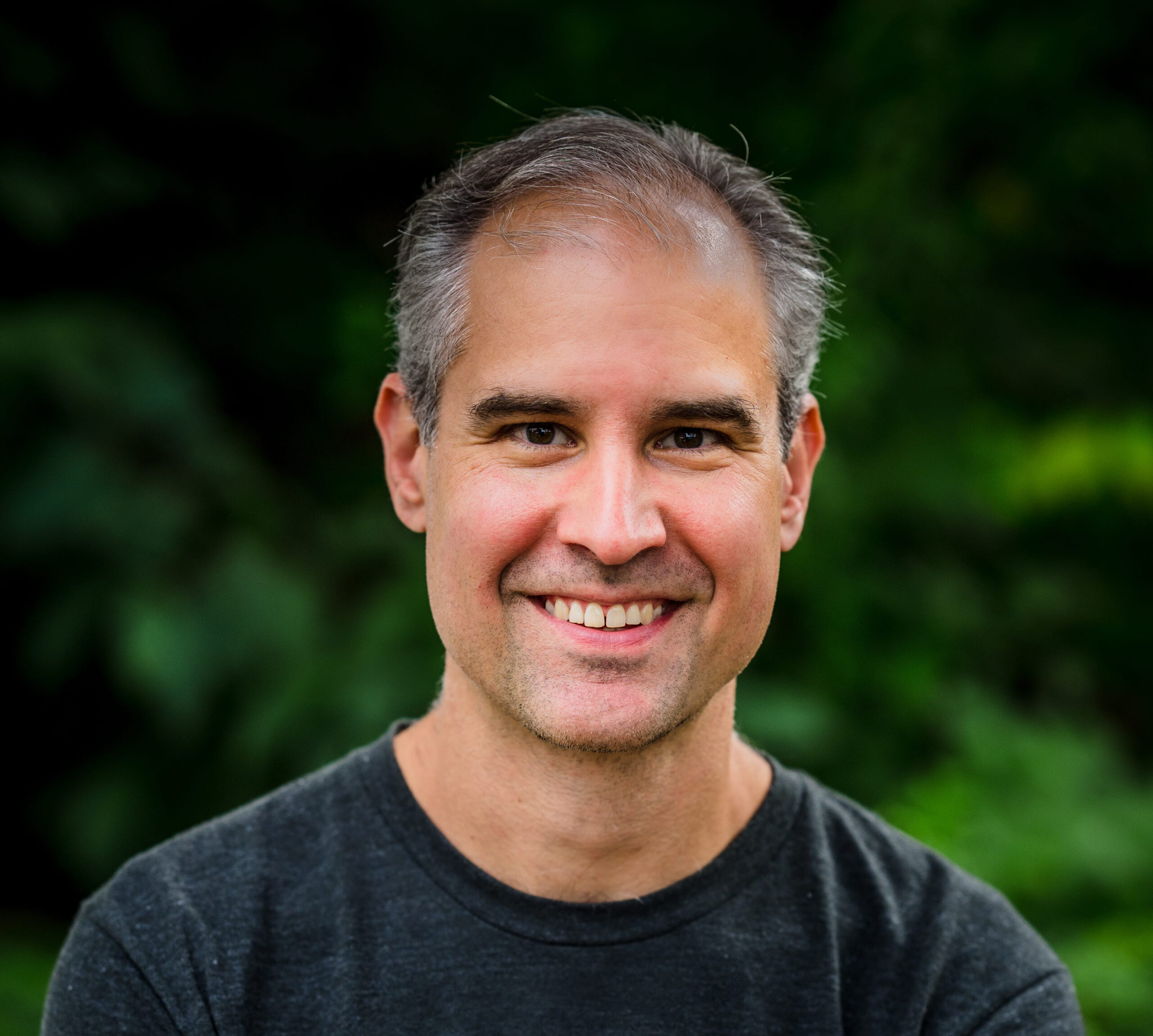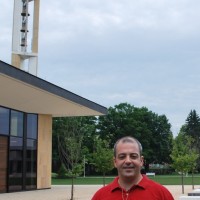June 14, 2023
How College Presidents Can Last In The Job To Create Lasting Change
The third of three items from a neo-liberal… Each is from from a business professor with little direct experience in education, but who believes free market economic principles are the answer to education’s (and pretty much all other society’s social) problems.
Open in app or online Surveying the long tenures and transformational impact of higher education leaders like Freeman Hrabowski, Michael Crow, Paul LeBlanc, Richard Levin and Pat McGuire surfaces a daunting reality.
Those individuals’ time in the presidencies have been measured in decades. Instituting and solidifying lasting change at most colleges and universities is not an overnight phenomenon.
Yet thanks to mounting pressures from a variety of stakeholders, the average college president lasts less than six years, according to ACE’s recently released American College President Study. That’s down from nearly nine years in 2006.
The turnover is at a time when more institutions are facing deeper crises and, in some cases, existential challenges than in recent memory.
In today’s volatile postsecondary arena, what does it take to not only survive, but also thrive, to last long enough in a presidency and successfully transform an institution to better serve its students?
In a recent white paper, “How Leaders Can Successfully Manage Change in Colleges and Universities,” I explore four case studies of presidents who served at least a decade at their institution and led significant institutional changes: Richard Freeland transforming Northeastern from a commuter school to a top 100 ranked university; Richard Levin launching a new, first-of-its-kind, liberal arts college in Singapore, Yale-NUS; and Paul LeBlanc and Helen Drinan using online learning to save and grow Southern New Hampshire University (SNHU) and Simmons University, respectively.
Using the Tools of Cooperation and Change theory, which professors Howard Stevenson and Clayton Christensen developed, my colleagues and I analyzed these four individuals’ efforts to understand how they were able to create such changes, even when they weren’t initially popular. Understanding their success has much to teach leaders about how to manage innovation and change. Specifically, what tools of leadership and management a president should use and in what circumstance they should use them.
LIKE
COMMENT
RESTACK
© 2023 Michael Horn
No comments yet.
RSS feed for comments on this post. TrackBack URI
- SEO Powered Content & PR Distribution. Get Amplified Today.
- EVM Finance. Unified Interface for Decentralized Finance. Access Here.
- Quantum Media Group. IR/PR Amplified. Access Here.
- PlatoAiStream. Web3 Data Intelligence. Knowledge Amplified. Access Here.
- Source: https://virtualschooling.wordpress.com/2023/06/14/how-college-presidents-can-last-in-the-job-to-create-lasting-change/
- :has
- :is
- :not
- 100
- 11
- 14
- 16
- 2006
- 39
- 40
- 50
- 8
- a
- Able
- About
- According
- All
- also
- American
- an
- analyzed
- and
- answer
- ARE
- Arena
- Arts
- At
- auto
- average
- been
- begin
- believes
- Better
- both
- business
- but
- CAN
- case
- Case Studies
- cases
- Category
- Center
- change
- Changes
- Christensen
- clear
- colleagues
- College
- Colleges
- Colleges and Universities
- comment
- comments
- cooperation
- create
- data
- decade
- decades
- deeper
- developed
- direct
- does
- down
- each
- Economic
- Education
- efforts
- end
- enough
- Ether (ETH)
- Even
- experience
- explore
- facing
- feedback
- For
- four
- Free
- from
- good
- Grow
- Hampshire
- Have
- higher
- Higher education
- How
- How To
- howard
- HTTPS
- i
- identifier
- Impact
- in
- initially
- Innovation
- Institution
- Institutional
- institutions
- IT
- items
- ITS
- Job
- Last
- lasting
- launching
- leaders
- Leadership
- learning
- least
- Led
- like
- little
- Long
- manage
- management
- Market
- measured
- Memory
- Meta
- Michael
- more
- most
- much
- my
- nearly
- New
- of
- on
- online
- Online Learning
- only
- Other
- overnight
- Paper
- Paul
- phenomenon
- plato
- Plato Data Intelligence
- PlatoData
- Popular
- Post
- presentation
- president
- Presidents
- pretty
- principles
- problems
- Professor
- ranked
- Reality
- really
- recent
- recently
- reduce
- released
- resource
- respectively
- Richard
- right
- Save
- School
- serve
- should
- significant
- Simple
- Singapore
- site
- SIX
- Social
- some
- Southern
- spam
- specifically
- stakeholders
- Students
- studies
- Study
- success
- Successfully
- such
- survive
- syndication
- TAG
- Take
- than
- thanks
- The
- their
- Them
- These
- they
- Third
- this
- three
- Thrive
- time
- to
- today’s
- tools
- top
- Transform
- transformational
- transforming
- turnover
- under
- understand
- understanding
- Universities
- university
- use
- uses
- using
- variety
- volatile
- were
- What
- when
- which
- white
- white paper
- WHO
- with
- WordPress
- years
- yet
- Your
- zephyrnet













